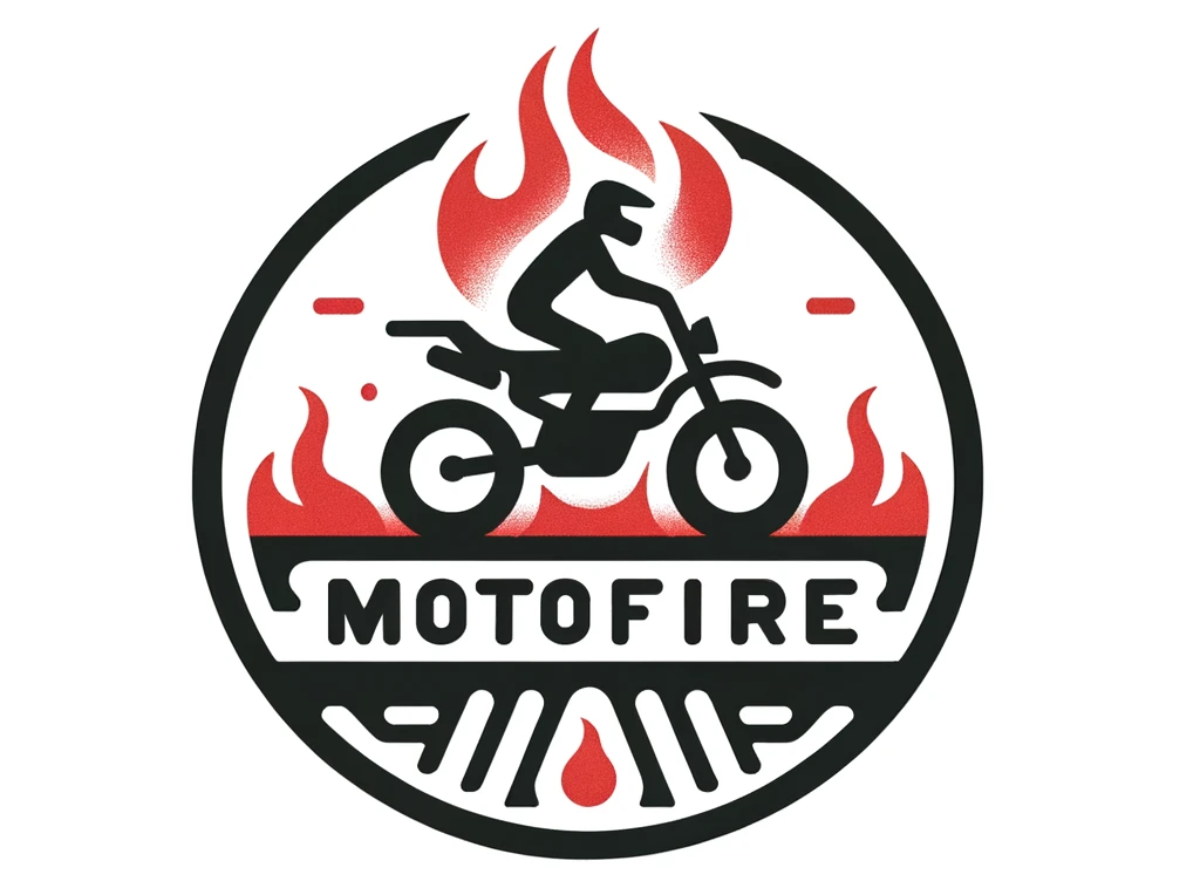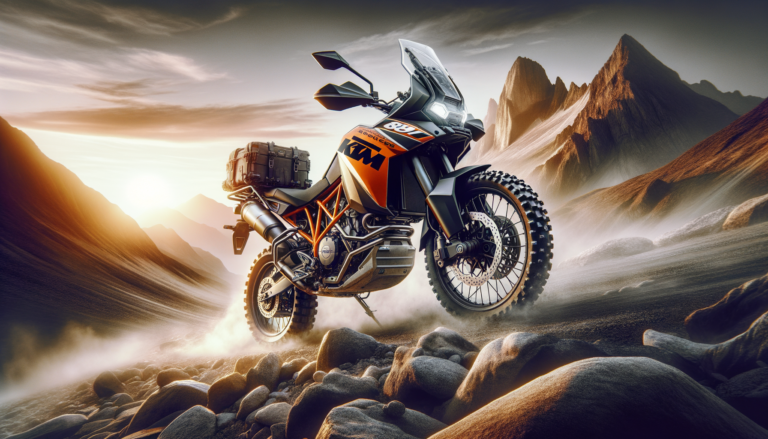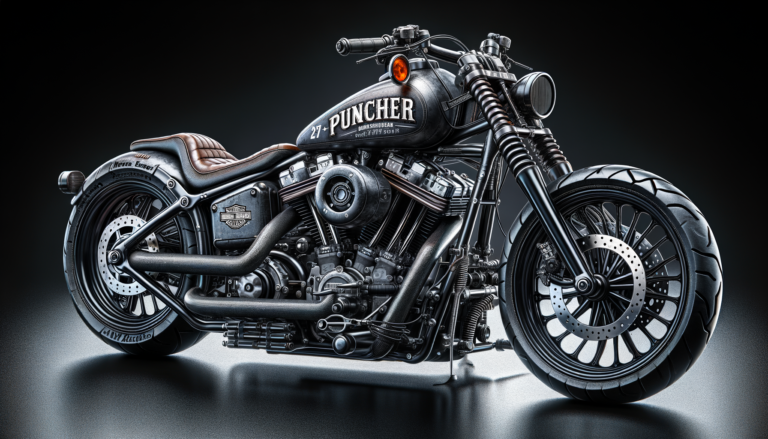When is the ideal time to start learning to ride a motorcycle?

Understanding the Learning Curve
Learning to ride a motorcycle involves a combination of physical coordination, mental concentration, and awareness of the rules of the road. Before determining the ideal time to start learning, it’s essential to recognize that this skill requires a significant commitment to practice and learning. The learning curve can vary greatly between individuals, and it’s critical to start at a time when you can dedicate sufficient time and resources to the process.
Evaluating Your Readiness
Physical readiness is an important aspect of learning to ride. Adequate strength and coordination are crucial for handling a motorcycle, especially in unexpected situations such as sudden stops or navigating obstacles. Additionally, you should be in a mental state conducive to learning — stress or distractions can impair your ability to concentrate on the complex tasks involved in riding.
Seasonal Considerations
Weather and climate are significant factors when deciding when to start learning to ride a motorcycle. Ideally, you’ll want to begin your learning journey in mild weather conditions.
Advantages of Learning in Spring and Summer
– Longer daylight hours provide more opportunities for practice.
– Warmer weather is more comfortable for outdoor learning.
– Dry roads offer safer conditions for beginners.
Challenges of Learning in Fall and Winter
– Shorter days may restrict available practice time.
– Colder temperatures can make handling the motorcycle more difficult.
– Icy or wet road conditions increase the risks for inexperienced riders.
Considering these seasonal factors, starting to learn during the spring or early summer can be ideal, providing the best conditions for a beginner to gain confidence and hone their skills.
Legal Age and Licensing
The legal age for obtaining a motorcycle license varies from place to place, and this will ultimately dictate when you can start learning. In many regions, individuals can start taking motorcycle training courses at 16 or 18 years old. Before you consider embarking on this journey, ensure that you understand the specific licensing requirements and restrictions in your area.
Steps to Licensing:
1. Check your local DMV or equivalent for age requirements.
2. Complete any required written tests to gain a learner’s permit.
3. Enroll in a certified motorcycle training course.
4. Practice riding under the conditions allowed by your permit.
5. Pass the practical riding exam to obtain your license.
Choosing the Right Motorcycle
Selecting the right motorcycle is a critical step in the learning process. As a beginner, it’s advisable to start with a motorcycle that is lightweight and has manageable power. Overly powerful bikes can be intimidating and difficult to control for novices.
Factors to Consider:
– Engine size: A smaller engine is usually more suitable for new riders.
– Weight: A lighter bike will be easier to maneuver and handle.
– Seat height: Your feet should reach the ground comfortably when seated.
– Type of bike: Standard, cruiser, or dual-purpose bikes are often recommended for beginners.
Researching and choosing a motorcycle that fits your body and skill level will help ensure a safer and more enjoyable learning experience.
Maintaining a Safe Learning Environment
Finally, maximizing safety is a priority when learning to ride a motorcycle. Always practice in a controlled environment, such as a deserted parking lot or a designated training area. Wear appropriate protective gear, including a DOT-approved helmet, gloves, jacket, pants, and boots. Remember that the more protected you are, the more confidently you’ll be able to learn.
Key Safety Points:
– Wear the right gear every time you practice.
– Begin practicing in areas with little to no traffic.
– Always be aware of weather conditions before you ride.
– Never practice under the influence of alcohol or drugs.
– Gradually build up to busier roads as your confidence increases.
In summary, while there isn’t a one-size-fits-all answer for when to start learning to ride a motorcycle, considering factors such as your personal readiness, seasonal climate, legal requirements, selection of an appropriate motorcycle, and the prioritization of safety can guide you to the right decision. With thorough preparation and a commitment to learning, you can embark on this exciting journey with confidence and responsibility.






